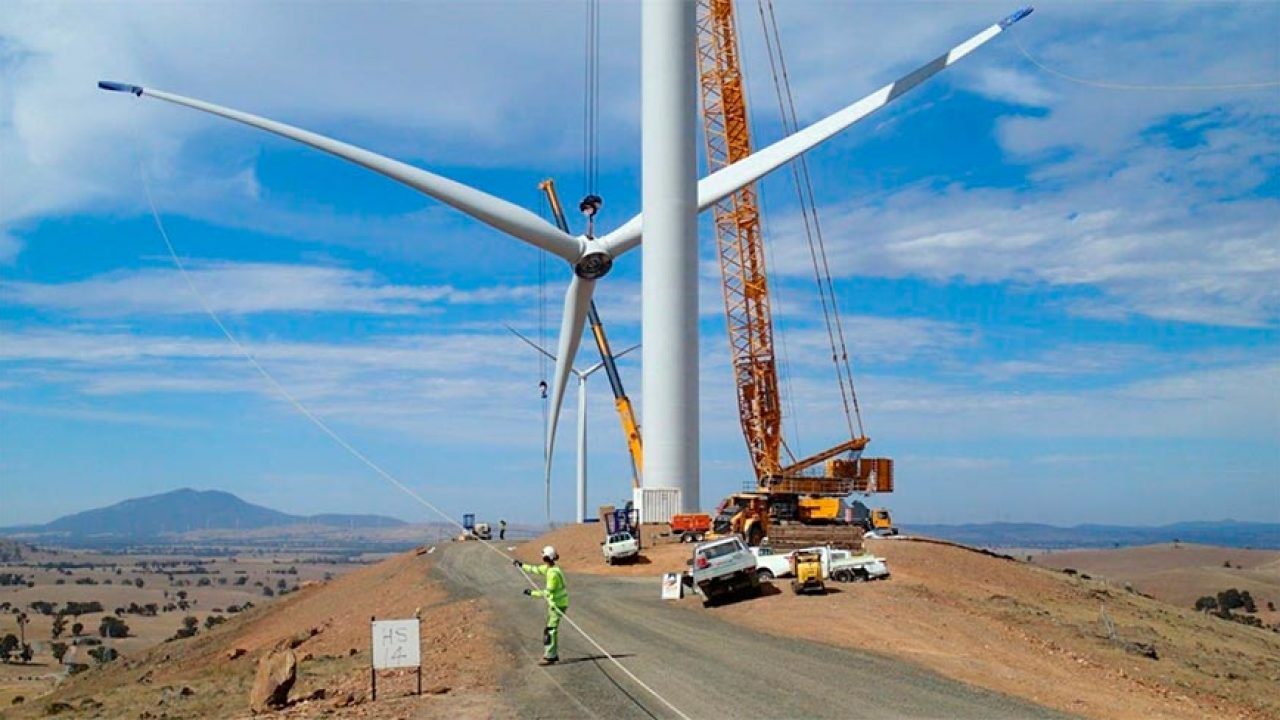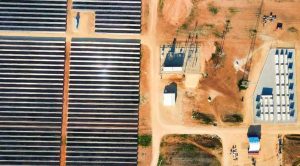It’s 52 years since 20 million Americans marked Earth Day for the very first time. I celebrated that first Earth Day in Belmont Park in Philadelphia, and this year my plan was to join my team for a hike in the hills above Stanford’s campus to mark it again.
It’s great that we stop and pause to collectively mark this day, but in other ways the passing of each Earth Day is like the ticking clock: reminding us that time is running out.
This year’s Earth Day arrives with a particularly stark warning. We are failing to deploy renewables fast enough to stop the effects of climate change. According to the U.N.,current climate pledges could limit warming to 2.2°C by 2050, but that’s far short of the 1.5°C goal, and would still lead to catastrophic changes in climate.
So why aren’t we getting it done? Here’s a fact that may shock you: there are so many proposed wind, solar and battery projects ready to go right now that the U.S. could have 80% carbon-free electricity by 2030.
However, the sad reality is that less than 25% of those planned projects are likely to be built because of our arcane regulatory conventions and the inertia of our grid planning processes. Less than 25%. Our own bureaucracy is choking us. Literally.
Today it takes an unreasonable length of time for grid owners and operators to resolve the actual and (often incorrectly) perceived reliability risks that connecting new renewables may pose to the grid.
According to Lawrence Berkeley National Laboratory, record numbers of zero carbon projects are now bogged down in these ‘interconnection’ queues. Even after risks are resolved, if grid upgrades are required, it can take an enormous amount of time and money to get them done.
We clearly need to engage in comprehensive reform of regulatory conventions that were designed to accommodate a very different electricity system.
The lack of good data and analytics tools to support knowledge sharing and fact-based decision making are two key obstacles we need to overcome.
The vast scale of the grid means even the most progressive utilities have inconsistent, incomplete and inaccurate grid data. And without good data, simulation tools are worthless. As any modeler will tell you: “garbage in, garbage out”.
Most of the grid modeling and decision support tools that are in the market today were built long before modern computing techniques were pioneered.
Even the most contemporary tools that we do have only address individual pieces of the grid puzzle, like the performance of a single gas turbine, or an individual property’s energy consumption.
We need to digitalize and simulate the behavior of the entire electric grid. Only with highly accurate digital grid simulations built with modern cloud computing tools will we gain the ability to rapidly answer critical ‘What if…’ questions like those that utilities consider every day.
What if the rate of EV adoption increases to 30%? What if the city of Scranton passes a mandate requiring all new homes to have electric heating? What if we want to move wind and solar power from the places in the nation where it is plentiful to the locations where it is needed most? How much will it cost, and what are our best and most economically efficient and environmentally benign options?
Our inability to answer such questions rapidly, holistically and transparently are preventing the decarbonization of the grid. Solving that problem is what X’s project Tapestry is all about.
We want to unlock the “electrification” of everything with clean energy by supporting a rapid, safe and affordable decarbonisation of the power grid.
Our hypothesis is that if we can build highly accurate digital models of the grid, then we can use those models to guide governments and industry participants on how best to replace our aging power system, and power our economies, with a grid that relies on renewables, storage and other forms of clean energy.
At Tapestry we envision a world where everyone – governments, utilities, energy developers, major energy buyers and consumer representatives – have the accurate information they need to speedily invest – at scale – in clean energy projects that meet changing electricity demand; to retire the fossil units that are no longer required; and upgrade the grid where needed, at the neighborhood, state or national level.
Am I optimistic we can do this fast enough? Absolutely.
If we can put a man on the moon in seven years (from the day President Kennedy made his famous speech, to the day Neil Armstrong and Buzz Aldrin touched down) then we can realistically decarbonise the grid in a similar timeframe, and play our part in saving the planet.
Of course, we can’t do this alone and we don’t plan to. We hope our platform – our single source of truth for the grid – will attract and empower innovators from all over the world with their own ideas for how to decarbonize the grid.
It will take more than a village, but we are proud to be catalyzing this effort at X. There truly is no better place to take on a challenge of this magnitude. X is where moonshot thinking happens every day.
Audrey Zibelman is vice president at X, the moonshot factory. She is a former managing director of the Australian Energy Market Operator.










